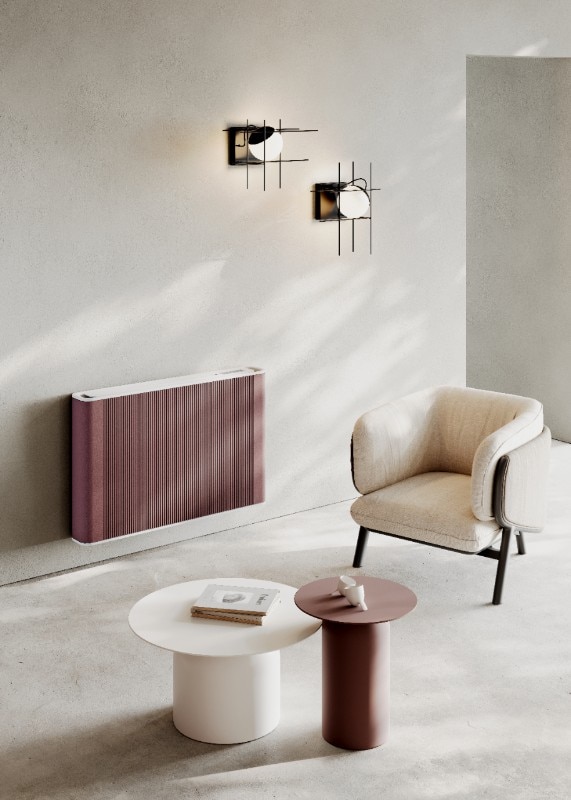Its rounded, soft lines and pronounced “cheeks” made this car instantly likable and recognizable, while emphasizing anything but power or speed, earning affectionate nickname "Beetle" across the globe. In its native land, Germany, it was known as Käfer, while English-speaking countries called it the Beetle, the Netherlands referred to it as Kever, Spain as Escarabajo, while in Italy as Maggiolino or Maggiolone – all translating to “beetle.” Then again in France, it was fondly dubbed Ladybug. In the United States, it was simply called Bug, and in Brazil as Fusca (cockroach).
The Beetle is an epoch-making, iconic, global, immortal car, symbolizing Germany's industrial revival after World War II. As the first Volkswagen model ever, it may be the most famous German car in the world.

Only the energy crisis of the mid-1970s could slow its momentum, leading to a significant drop in sales, which Volkswagen overcame with the introduction of the Golf. The last Beetle rolled off the assembly line in Wolfsburg in 1974, but its legacy continued beyond the Old Continent, with production persisting in Mexico starting in 1981.
The Beetle currently holds the record as the longest-lived car in history, having been produced continuously for sixty-five years. It once held the title of the world's best-selling car, with over 21.5 million units sold, and now ranks fourth in all-time sales behind the Toyota Corolla, Ford F-150, and Volkswagen Golf.
Is an epoch-making, iconic, global, immortal car, symbolizing Germany’s industrial revival after World War II. As the first Volkswagen model ever, it may be the most famous German car in the world.

The Beetle’s production began during the Third Reich at the behest of Hitler himself, who believed automobiles should not be a just privilege for the wealthy. Both Ferdinand Porsche and Jakob Werlin – designer at Mercedes-Benz − were approached for the project. Porsche ultimately won and designed a car that met the Chancellor's specifications: capable of carrying five people − or three soldiers and a machine gun − traveling over 100 km/h, and consuming an average of 7 liters per 100 km, all for a price not exceeding 1,000 Reichsmarks. Interestingly, Porsche had conceived a similar idea as early as 1929 and pitched it to both Mercedes and Zündapp – a motorcycle manufacturer − but neither venture succeeded.
In 1936, the first three models − two sedans and a convertible − were produced, heavily inspired by the already existing Tatra V570 prototype designed by Hans Ledwinka both in technique and design. Hitler was a great admirer of the Czech manufacturer, and Porsche was well aware of it.

Initially, the new car was called “Kraft durch Freude-Wagen,” or “Strength through Joy Car,” named after the after-work state-run leisure organization Kraft durch Freude. Porsche tried to oppose this name, the choice for the time being is unquestionable. It is also decided that the German workers must bear the huge costs of the operation: they were offered a savings scheme, with a weekly quota to be donated for their future car. The substantial funds collected enabled the construction of the Volkswagen production site near Wolfsburg, which remains operational today.
The Volkswagen, or “people’s car ” − it wasn’t called Käfer until 1967 − made its debut at the 1939 Berlin Motor Show, where it was an immediate success. However, its production was halted by the onset of World War II. The plant became operational again in 1945 under British military control, and by 1946, the 10,000th Typ1/111, the internal name of the project, had already rolled off the assembly line.
The Beetle currently holds the record as the longest-lived car in history, having been produced continuously for sixty-five years. It once held the title of the world’s best-selling car.

In 1948, Volkswagen introduced the Typ 1/113 model, known as the Export-Modell − a more refined, chrome-enhanced version destined to wealthier foreign markets. From this point on, the development of the Standard (Typ 1/111) and Export (Typ 1/113) models proceeded on parallel tracks − some mechanical and functional improvements debuted on the Export model before being applied to the Standard model. That same year also saw the introduction of the Cabriolet version, which became another success. In the early 1950s, Volkswagen began selling the Beetle internationally, establishing branches in Brazil, Mexico, the United States, and South Africa. This marked the Beetle as the first true world car, so much so that on August 5, 1955, the millionth Beetle leaves the assembly line.
Simple, sturdy, and reliable, the Beetle consistently proved to be technologically advanced for its time. Despite never undergoing radical changes, except for the adoption of MacPherson suspension at the front in 1970 – one of the cars peculiarities − it underwent more than 78,000 improvements throughout its long career.
Perhaps not everyone knows that the Beetle is the only mass-produced car capable of floating on water, even though just briefly, due to its flat floor and limited weight. Or that Gianni Mazzocchi, the editor and director of Quattroruote, put the Beetle’s legendary reliability to the test in 1959 by having two standard production models drive the newly completed Autostrada del Sole from Milan to Bologna and back, one hundred times over sixteen consecutive days without stopping. Remarkably, only the dynamo pulley broke on the 74th lap.

Cleaning? Let AI handle it
With the new X50 Series, Dreame brings artificial intelligence into home cleaning: advanced technology and sleek design come together to simplify home care, effortlessly.
















